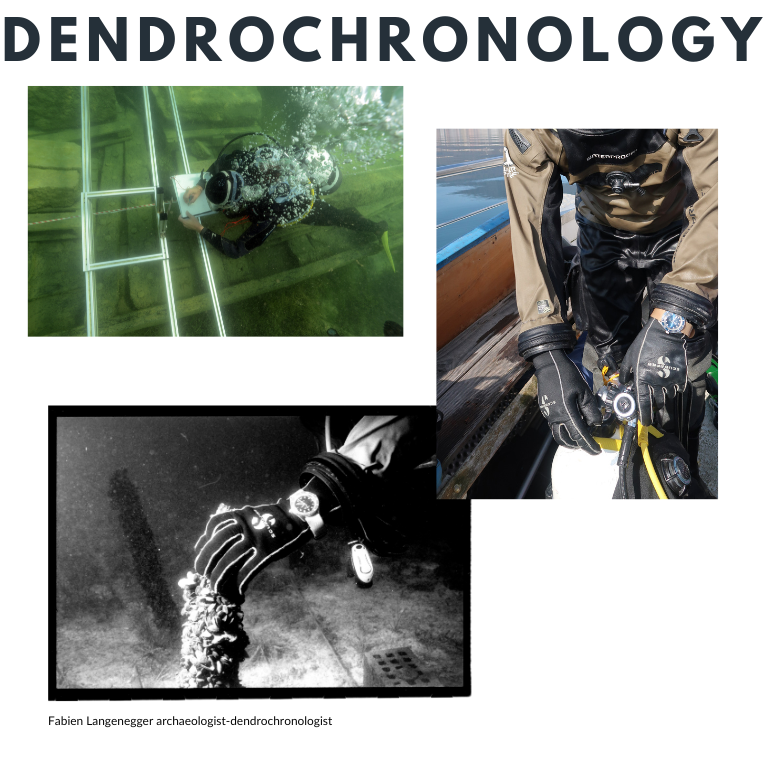CIVILISATIONS
Evoking the deep history and heritage of Lake Neuchâtel, the "Arinis" is a stylish diver's watch that remains faithful to the brand's core design principles. It inherits the dimensions, chevé-box sapphire crystal, lug shape, and emblematic side edge of the original series. This robust timepiece features a ceramic bezel, luminous Super-LumiNova numerals, and a water resistance of 20 bar (200m). Named "Arinis" – the ancient first-millennium designation of Saint-Blaise – the watch celebrates the village's position on the shores of Lake Neuchâtel and the region's captivating past, from Celtic tribes to the stilt-dwelling Palafitte civilization. The "Arinis" design subtly nods to this history, with elements recalling the Celtic wheel found within the lake, the ceramic artifacts unearthed at Chemin du Diable in Saint-Blaise, and the very spirit of the lake. Even the minute hand, shaped like an ancient arrow, pays tribute to the people who lived along these shores 12,000 years ago.

Aventicum was the capital of Helvetic territory - Occupied since Celtic times, the town became part of the Roman Empire around 15 BC and grew rapidly from the first century AD, particularly after becoming a colony in 71/72 AD. Strategically located thanks to the road and river network, and with a population of up to 20000 inhabitants, Aventicum was one of the most important towns on Swiss territory in Roman times. Today, Avenches is home to the Roman Museum and several of its ancient monuments are still visible.
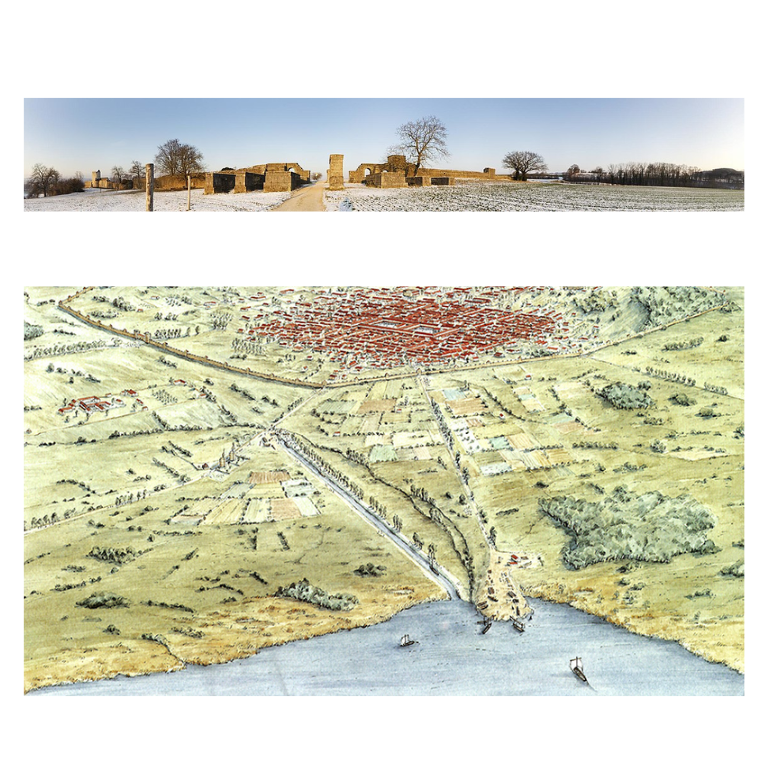
The Devil's Path (Chemin du Diable);A stone-paved Roman road that is still clearly visible and linked the Vy d'Etra (Roman road at the foot of the Jura) to Avenches (Aventicum), the capital of Roman Helvetia. The ruts cut into the stones of the road to allow the passage of standard-gauge chariots are still clearly visible.At a burial site, dating from 2300 BC, discovered in 1911 not far from the Chemin du Diable, 260 kg of ceramics (800 -700 BC) and a large number of other objects, such as an artefact dating from the Middle Ages. C. ) were unearthed at the Roches de Châtoillon during archaeological excavations in 2000. The remains of a Roman villa and inscription along with the presence of the Chemin du Diable and Roman coins and shards at the origin of the place known as "Les Tuiles ou Tioles", near the Chemin des Plaines, attest to a human presence that has certainly not ceased since the existence of the Late Neolithic village.
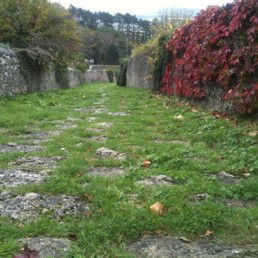
The construction of the capital of Helvetia required ashlars from Arinis, which were transported down the Devil's Path to the barges - ten trips a day over a period of 10 years.Some of the barges sank, and are still visible and in a relatively good state of preservation.
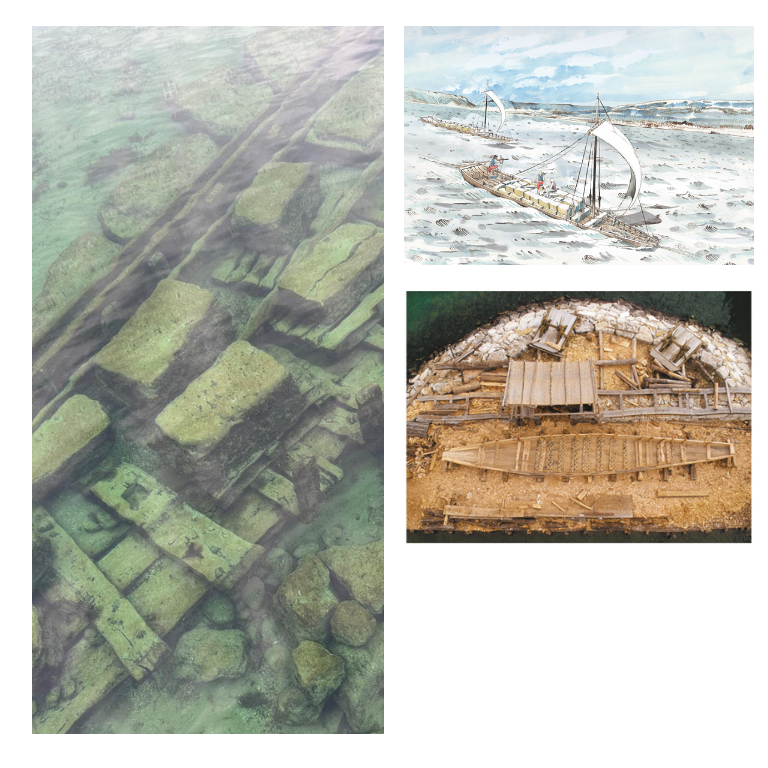
More than a thousand lakeside villages, called palafittes, have been discovered in Switzerland; since 2011, 111 of them have been listed as UNESCO World Heritage Sites. In the Three-Lakes region, 22 palafittes are included in this list, and the archaeological research carried out at these sites over the last 150 years has served as a reference point for understanding European prehistory. Along the Neuchâtel coast alone, 70 sites have been identified, containing 123 different villages. In this region, occupation of these wetland habitats spans a period of 3,000 years, between 4,000 and 850 BC. The data gathered during the lake excavations provide a detailed insight into the material culture and settlement layout of these Neolithic and Bronze Age societies.
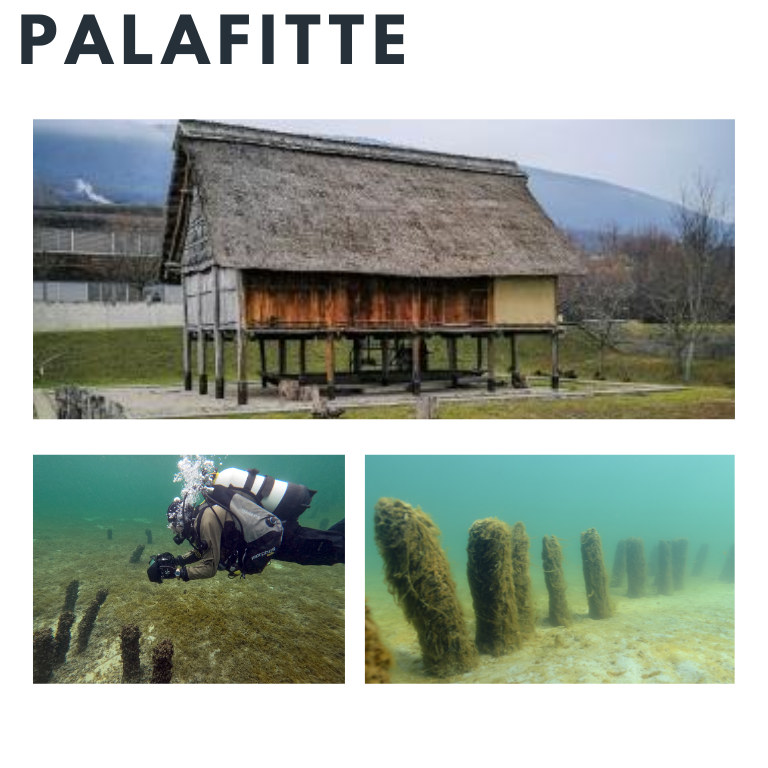
Dendrochronology, a scientific discipline concerned with the dating and interpretation of past events, particularly palaeoclimates and climate trends, based on the analysis of tree rings.
